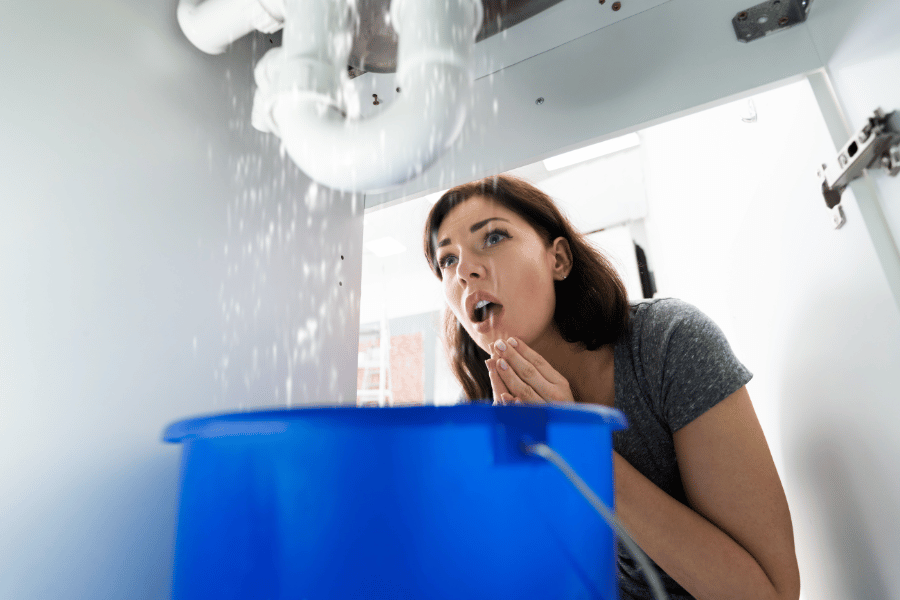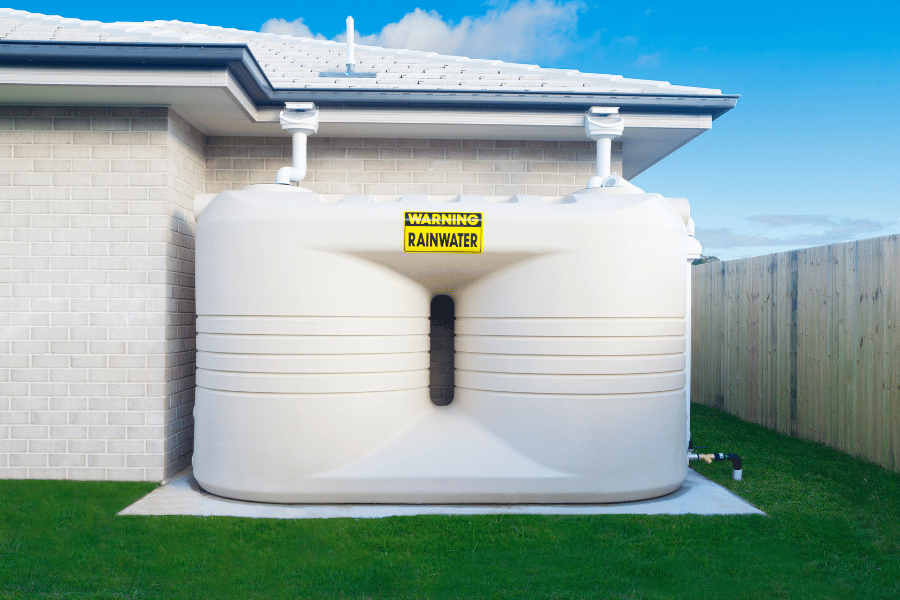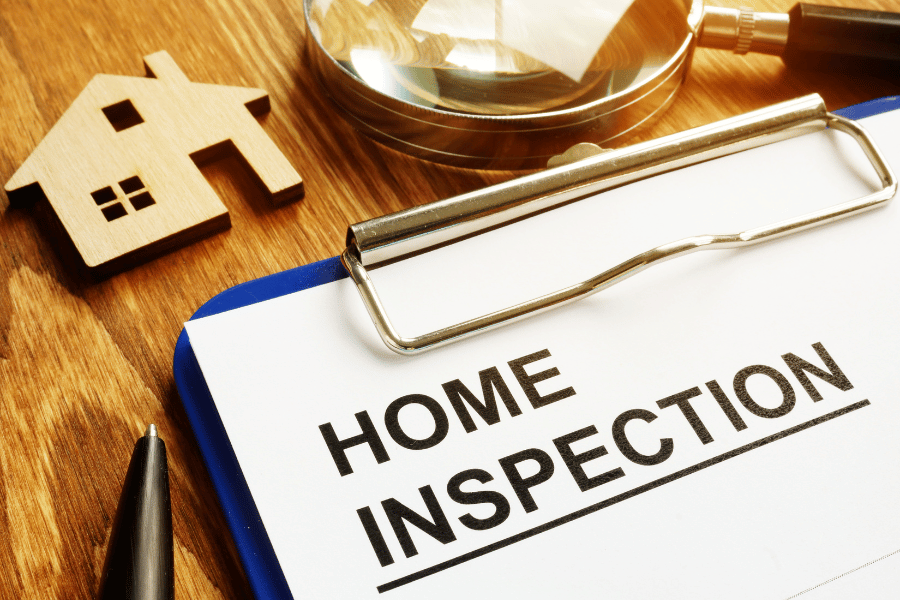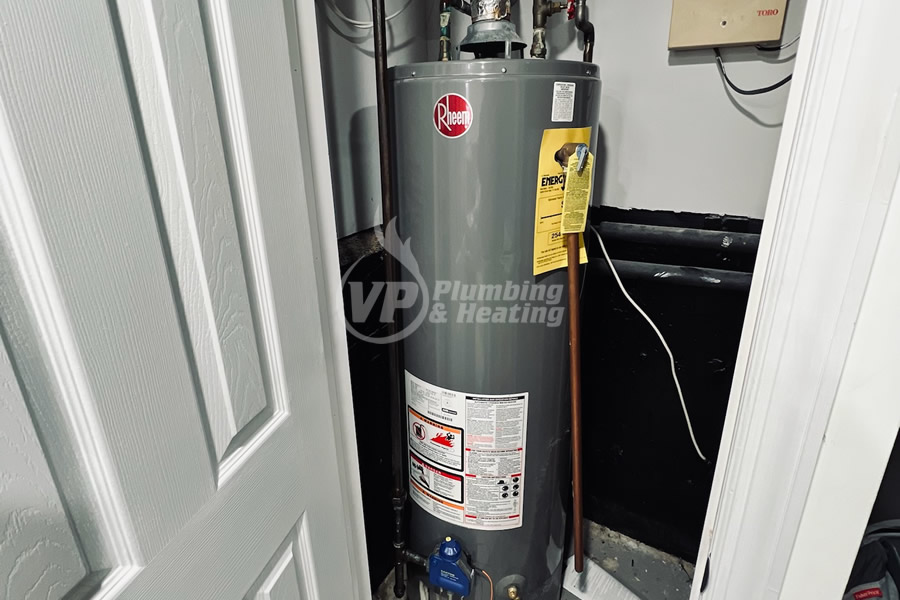
2 Signs It’s Time for Water Heater Replacement
May 17, 2022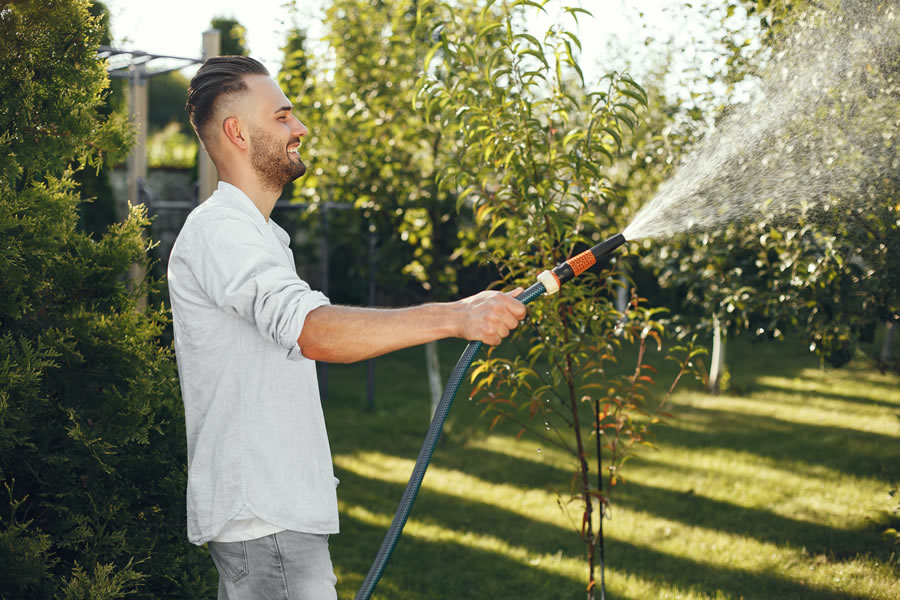
Some Summer Water Saving Tips To Help Beat The Heat
July 19, 2022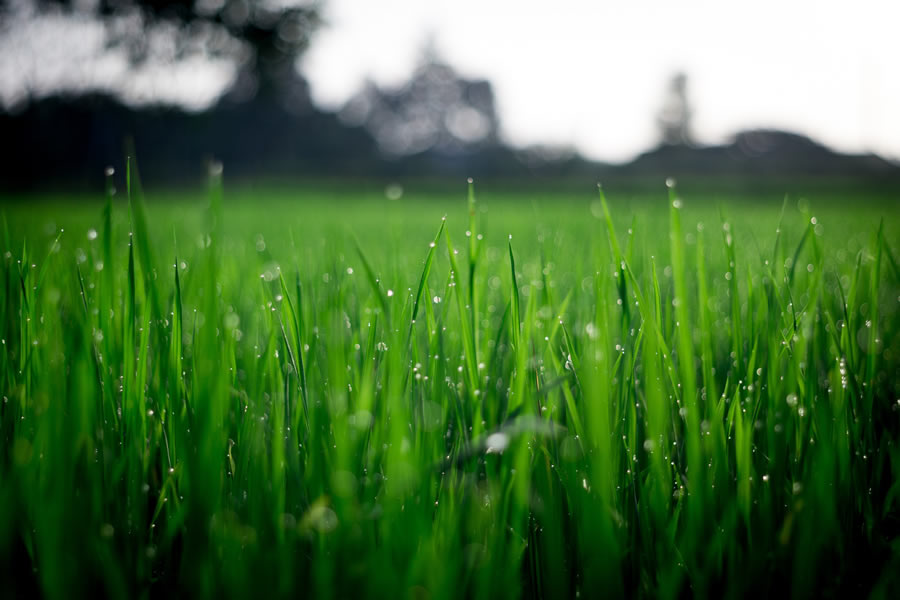
6 Summer Sprinkler System Preparation Tips For The Summer
The average outdoor water usage in the United States is roughly 9 billion gallons daily, with much of the water used to water lawns and gardens. That figure might be unsettling, but what’s more worrying is that half of it goes to waste due to inefficient sprinkler systems.
It all points to the need to inspect your sprinkler system annually. And since summer is almost here, what better time to give your irrigation setup a thorough checkup?
Your lawn or garden needs watering just as it needs weed control. You can't do one and overlook the other if you want to have a lush, green, and healthy lawn. Below are our top six suggestions for preparing your sprinkler system as we embrace the summer heat.
But before we go any further, we would like to point out that the risk of the water flooding certain areas of your garden or lawn is high when you are irrigating manually. Flooding causes your lawn to lack the nutrients and fluids it needs. You have better control of the watering when you use a sound sprinkler system, and you will manage to water the grass with minimal water wastage.
1. Start With Checking The Soil Condition
First, inspect the soil to assess its condition before setting up the sprinkler system. Conduct a pH test to determine where it is at, and this will inform you on the best thing to do to ensure your soil supports growth even as you set up the sprinklers as you usher in the summer. Conversely, the risk of breaking an underground pipe cannot be overlooked when you are running your sprinklers in early spring when the frozen ground has not thawed at least a foot deep.
But you probably do not know how to perform the pH test or when is the ideal time to check your soil. Autumn is a perfect time for this because it allows you enough time to make corrections and allows affected soil to recover. Nevertheless, you also can do the pH test in the spring or summer.
2. Inspect Your Sprinkler System
Assessing the condition of your sprinkler setup is another essential step to take when preparing to irrigate your garden or lawn during summer. It is best to check everything, from the sprinkler heads to the batteries in the system timer. Put in fresh batteries and reprogram the timer to ensure it is correctly primed to water your yard during warming.
Inspect the pipes, checking for cracks and leaks. You can use solvent cement to repair the cracks, but ensure the cement is designed for your irrigation system. Also, check the filter screen to ensure they are free from dirt, grime, and debris to clean it, or you can replace it if it is worn out or damaged.
Reinstall any water features you disconnected when starting the checks, and replace the worn-out pipes and hose grommets.
Avoid turning the water faucet all the way up; start with a low-pressure water flow to help get rid of pressure surges that can break elbows in the lines or damage the sprinkler head. The pressure surges are primarily due to not using the sprinkler system for some time and are very common in regions that experience extreme heat or cold.
3. Run The Sprinklers
When running the water through the pipes, it is best to start by opening the valves situated furthest from the water source. Open the valve to allow any trapped air or debris to be pushed out by the flowing water's pressure. Increase the water gradually, which increases the pressure. You then can close the valve and proceed to another, repeating the process with each as you watch out for any issues.
4. Examine Your Drip Systems
It is also best to check the drip systems, noting down everything your check, from the drip lines, bubblers, emitters, and sprinklers. Some professionals recommend doing this when you are checking your system’s pipes for cracks to save time when setting up the sprinkler system in your garden.
5. Evaluate The Backflow Prevention Device
Once you are confident the drip system has no problems, the pipes and sprinkler heads are in good condition, and the valves work correctly, it is time to check the backflow prevention device in your sprinkler system. The device is designed to prevent contaminated water from entering the system; hence, it is a crucial feature in your irrigation system. The backflow prevention device is 12 inches above your system’s highest setup point.
6. Perform A General System Test
Lastly, it would be best to do a test run once you are done with the inspections. Touch the water zones if your machine is designed to water the garden in sections. If you find some areas are sparsely irrigated, it could mean the sprinkler heads in those areas have a plumbing problem that you must fix, or you might have to replace the transformer or the entire head, depending on the extent of the issue.


